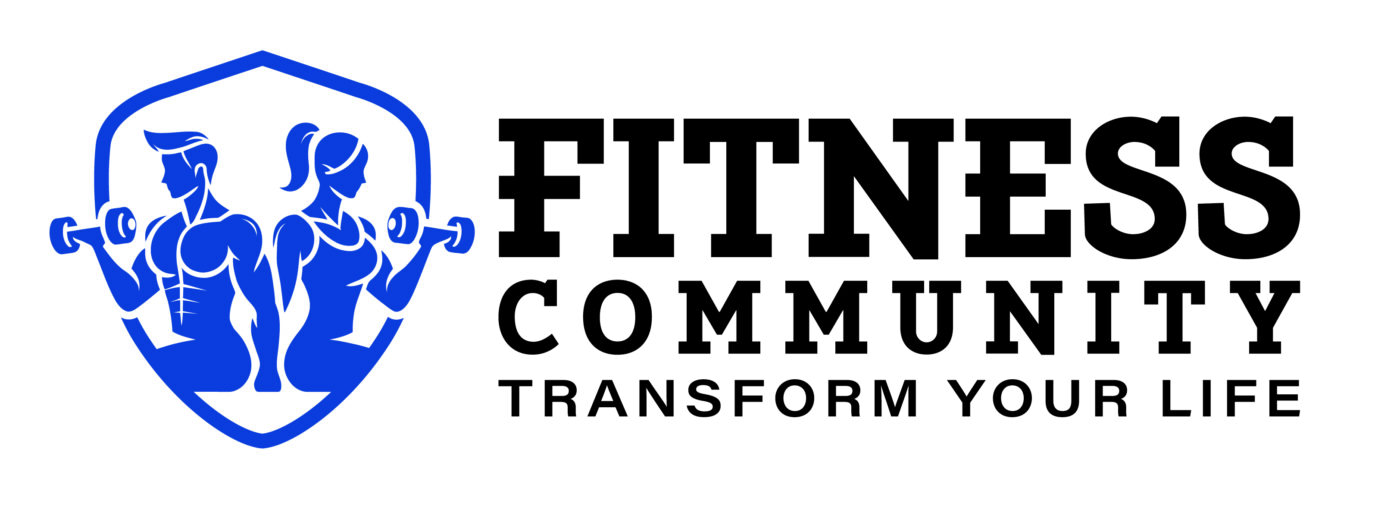HIGH-INTENSITY INTERVAL TRAINING
Sustainable Benefits of High-Intensity Interval Training in Inflammatory Arthritis Patients
MILAN, Italy — A randomized trial has demonstrated that high-intensity interval training (HIIT) can improve cardiorespiratory fitness (CRF) and mitigate cardiovascular disease (CVD) risk factors in patients with inflammatory joint diseases (IJD). Interestingly, the positive effects on CRF were observed without concurrent changes in pain or fatigue.
Presenting the late-breaking findings of the ExeHeart trial at the European Alliance of Associations for Rheumatology (EULAR) 2023 Annual Meeting, Kristine Norden from the Center for Treatment of Rheumatic and Musculoskeletal Diseases, Norwegian National Advisory Unit on Rehabilitation in Rheumatology, Diakonhjemmet Hospital in Oslo, Norway, highlighted the short- and long-term effects of supervised HIIT over a 12-week period in patients with IJD.
Norden stated to Medscape Medical News, “HIIT is a viable physiotherapeutic intervention that delivers sustainable effects in patients with IJD. It does not exacerbate symptoms and can be implemented in primary care settings.”
The Trial The ExeHeart trial, a randomized controlled trial, aimed to evaluate the impact of HIIT on CRF, CVD risk, and disease activity in patients with IJD. With collaboration from patient research partners and alignment with patients’ requests for effective nonpharmacologic treatments, the trial assessed various outcomes, including CRF (primary outcome), CVD risk factors, anthropometric measures, disease activity, and patient-reported outcomes related to pain, fatigue, disease, physical activity, and exercise.
A total of 60 patients with IJD were recruited from the Preventive Cardio-Rheuma clinic at Diakonhjemmet. They were randomly assigned to either receive standard care (including relevant lifestyle advice and cardiopreventive medication) or standard care combined with a 12-week supervised HIIT intervention led by physiotherapists. Assessments were conducted at baseline, at 3 months (primary endpoint), and at 6 months post-baseline. No supervised intervention occurred between the 3- and 6-month time points.
The participants had a median age of 59 years, with 34 participants (57%) being women. The IJD types among the participants included rheumatoid arthritis in 45%, spondyloarthritis in 32%, and psoriatic arthritis in 23%. Additionally, 49 patients (82%) had a high risk for CVD.
The participants were divided into two groups: a control group (n = 30) and a HIIT group (n = 30). The HIIT group underwent a 12-week intervention consisting of twice-a-week supervised 4×4-minute HIIT sessions at 90%-95% of peak heart rate, alternating with moderate activity at 70%. The control group engaged in unsupervised moderate-intensity exercise sessions. The primary outcome measured was the change in CRF, assessed by peak oxygen uptake (VO2 max) using a cardiopulmonary exercise test. Secondary outcomes, such as pain and fatigue, were evaluated using a questionnaire (Numeric Rating Scale 0-10, where 0 represents no pain or fatigue).
Following the completion of the ExeHeart trial, significant findings were observed regarding the impact of high-intensity interval training (HIIT) on cardiorespiratory fitness (CRF) in patients with inflammatory joint diseases (IJD). At 3 months, the exercise group showed a statistically significant difference in VO2 max compared to the control group (2.5 mL/kg/min; P < .01), which was maintained at 6 months (2.6 mL/kg/min; P < .01). However, no notable differences were found in pain and fatigue between the two groups. A per-protocol analysis at 3 months further supported the difference in VO2 max (3.2 mL/kg/min; P < .01).
Kristine Norden emphasized the clinical significance of these findings, highlighting that the increased CRF achieved through HIIT reflects an improvement in the body’s ability to deliver oxygen to working muscles. This enhancement in CRF can lead to overall health improvements and a reduced risk for cardiovascular disease (CVD).
In terms of long-lasting effects, Christopher Edwards expressed interest in data on the maintenance of increased CRF at 12 months. Norden acknowledged the need for further research but stressed the benefits of incorporating high-intensity exercise sessions into the weekly routine of IJD patients, along with lower and moderate-intensity exercises if desired. She recommended at least one high-intensity exercise session per week to maximize oxygen uptake, as studies suggest that engaging in moderate and high-intensity workouts yields greater benefits.
Physical activity has shown compelling evidence in improving disease activity among patients with IJD and is considered a critical component of nonpharmacologic treatment. However, individuals with rheumatic and musculoskeletal conditions often exhibit lower levels of physical activity compared to their healthy counterparts. Recognizing the importance of cardiovascular disease prevention in patients with IJD, EULAR recommends routine CVD screening for individuals diagnosed with IJD.

